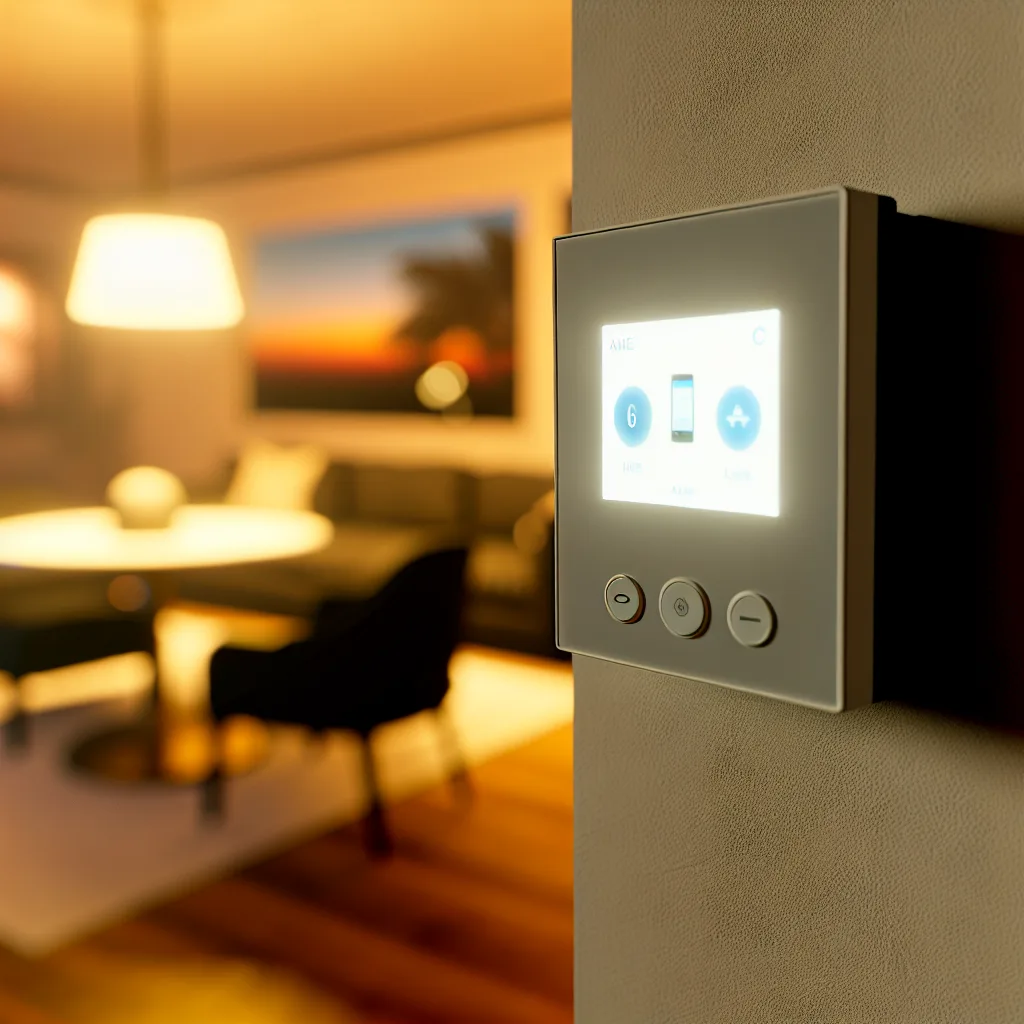Navigating the challenge of replacing your timer with smart control compatibility
If you’ve ever tried to replace a timer component with something that has smart control capabilities, you know it’s not as straightforward as it seems. The concept of a smart control timer is simple enough—automate and control your devices remotely with precision. But when it comes to swapping out the hardware, the timer component can throw a curveball. I recently dove into this exact problem and want to share what I found.
Why the smart control timer is tricky to replace
Timers control when your devices turn on or off, but a smart control timer adds layers of complexity because it connects to your network and responds to app commands or voice control. The traditional replacement timers you find at local hardware stores may lack this functionality, so the challenge is finding one that fits your existing setup while offering smart features.
Most smart timers require compatibility with your home automation system (like Google Home, Amazon Alexa, or Apple HomeKit). It’s also important to consider the wiring and load compatibility because not every smart timer fits all types of electrical setups.
Options for replacing your smart control timer
- Wi-Fi Enabled Smart Timers – These timers connect directly to your Wi-Fi network, letting you control them from your phone or voice assistant. Brands like TP-Link Kasa or Wemo offer plug-in options that are easy to install if you’re dealing with appliances.
- Z-Wave or Zigbee Timers – If you already have a smart home hub, these timers can integrate smoothly. You’ll need a hub like Samsung SmartThings or Wink. These devices handle schedules and remote control without much fuss.
-
Smart Relay Timers – For built-in fixture replacements, smart relays controlled via apps or hubs can serve as the timer component. This is more technical but offers great flexibility.
What to check before replacing your timer
- Compatibility: Confirm your new timer supports your home’s voltage and loads. Check for compatibility with your smart system.
- Wiring Setup: Some smart timers require a neutral wire. Older homes might not have this.
- Control Options: Are you looking to control the timer via an app, voice, or both?
- Installation Complexity: Some options can be a DIY job; others might need an electrician.
Friendly advice from someone who’s been there
I approached my own timer replacement with these points in mind. What I found most helpful was picking a device that matched my smart home ecosystem. If you’re using Alexa, get a timer that’s Alexa-compatible to avoid extra setups. Also, don’t shy away from reading product manuals upfront and watching installation videos. It saves headaches later.
Replacing a smart control timer isn’t just about the device; it’s about how it fits into your existing setup and your comfort with installation. If the wiring stuff feels tricky, consult a pro.
If you want to explore more about smart timers and home automation, check out CNET’s smart home section, and for detailed electrical setup guides, The Spruce can be super helpful.
Smart control timers offer convenience but choosing the right replacement means understanding your home’s wiring and the smart ecosystem. With the right approach, you can find a smart timer replacement that works for you without the usual headaches.
